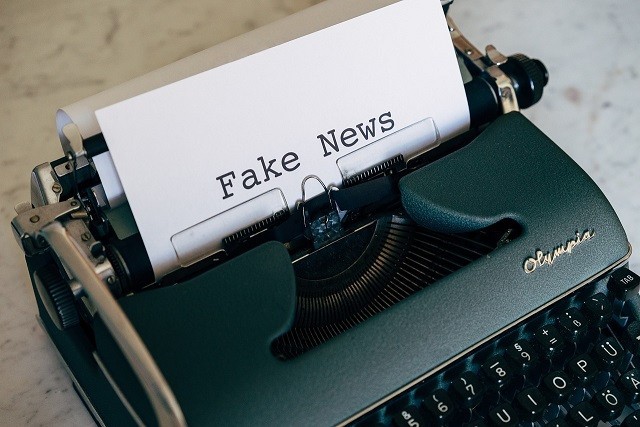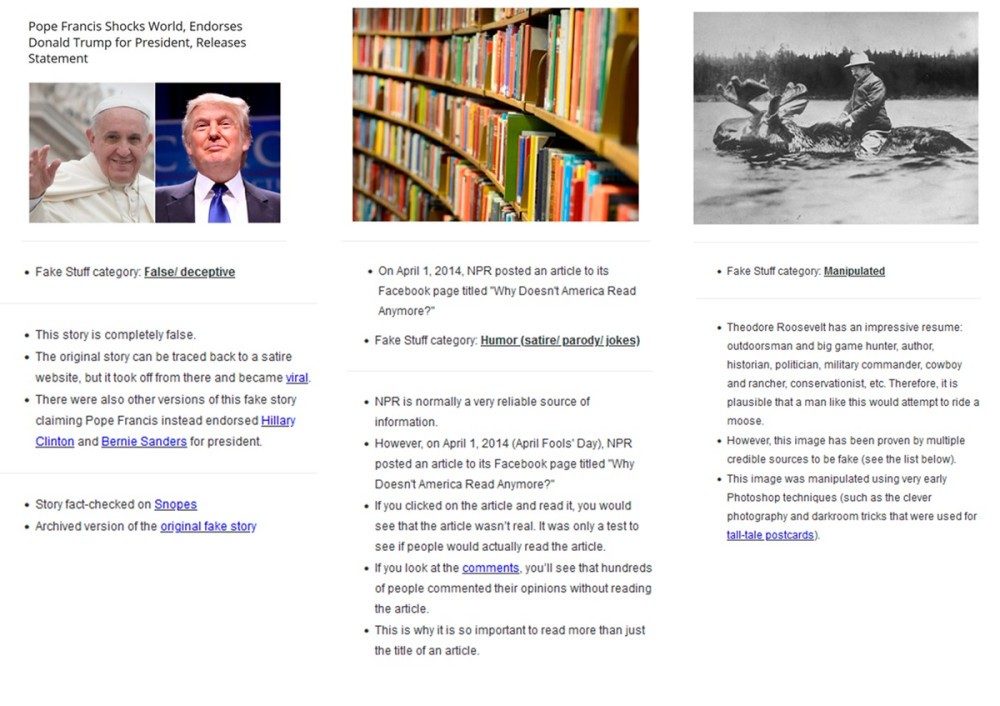Disinformation and technology

Disinformation and fake news are not at all modern phenomena. Digging around a bit in videos on history, one can find instances of propaganda and disinformation dating back to at least ancient Egypt. For instance, Ramses II inscribed a fabricated military victory in stone, describing an event that never actually occurred (E. Gualda and J. Rúas 2018).
There are other examples in ancient history, such as Octavian propagating rumors depicting Mark Antony as a womanizer and a drunkard. Progressing through time, another familiar example of disinformation includes the medieval witch hunts and the Salem witch trials.
What sets the past apart from the present? It is primarily the scope of the disinformation. Before the invention of the printing press, disseminating false information to a large audience was a complex endeavor, so propagating disinformation was geographically limited. The invention of the printing press expanded the reach, but it wasn’t until the 20th century with the rise of mass media and the 21st century with ubiquitous internet access that the dissemination of disinformation became accessible to virtually anyone.
Before we continue, it is important to define the various types of disinformation that exist:
- Some false information is disseminated without any intention to deceive or manipulate This type of false information is called “misinformation”. Although it may still go viral, there is no malicious intent or profit motive behind it.
- On the other hand, there is false information that is deliberately spread with the intention to deceive the recipients. This is known as “disinformation”.
- Lastly, there is false information that not only carries a significant emotional appeal but also mimics the appearance of legitimate news. This is “fake news”.
It is important to differentiate between the various types of disinformation that exist, as this helps provide context for some examples of disinformation, like the following ones provided by the North Dakota Library:

In the three preceding cases, the information is false. However, while in two of them there is a clear intent to deceive, in the third case it is a satirical article that never intends to be taken seriously (though at times, reality can be stranger than fiction).
And that brings us to 2023. Today, both the creation and dissemination of disinformation are accessible to virtually anyone. Creating fake images using technology, such as AI generative models, can be accomplished in as little as a couple of hours for just €10. For instance, below you can see fake images generated from just 18 of my photographs.

As you can see, some of these images are more easily identifiable as fake than others. However, with a sufficient investment of time and resources, it becomes possible to make them indistinguishable to the human eye.
This brings us to another intriguing point, this time concerning the battle against disinformation: the utilization of technology as a countermeasure. Although it is true that without context, humans may struggle to discern fake images or voices, there are ongoing efforts to train artificial intelligence to detect other forms of artificial intelligence. These AI systems aim not only to identify fake photos, but also to scrutinize the propagation of messages on social media, discerning whether they are artificially amplified through what are known as “bot networks”.


This is because the consequences of disinformation are not remote; instead, they directly influence public safety, healthcare, and the overall erosion of trust in the media today.
However, while these solutions become as prevalent as the creation of hoaxes, the most effective defense against disinformation is to cross-reference information from multiple sources and consistently seek out the news’s origin to confirm its credibility.
Author: Paula Gonzalez